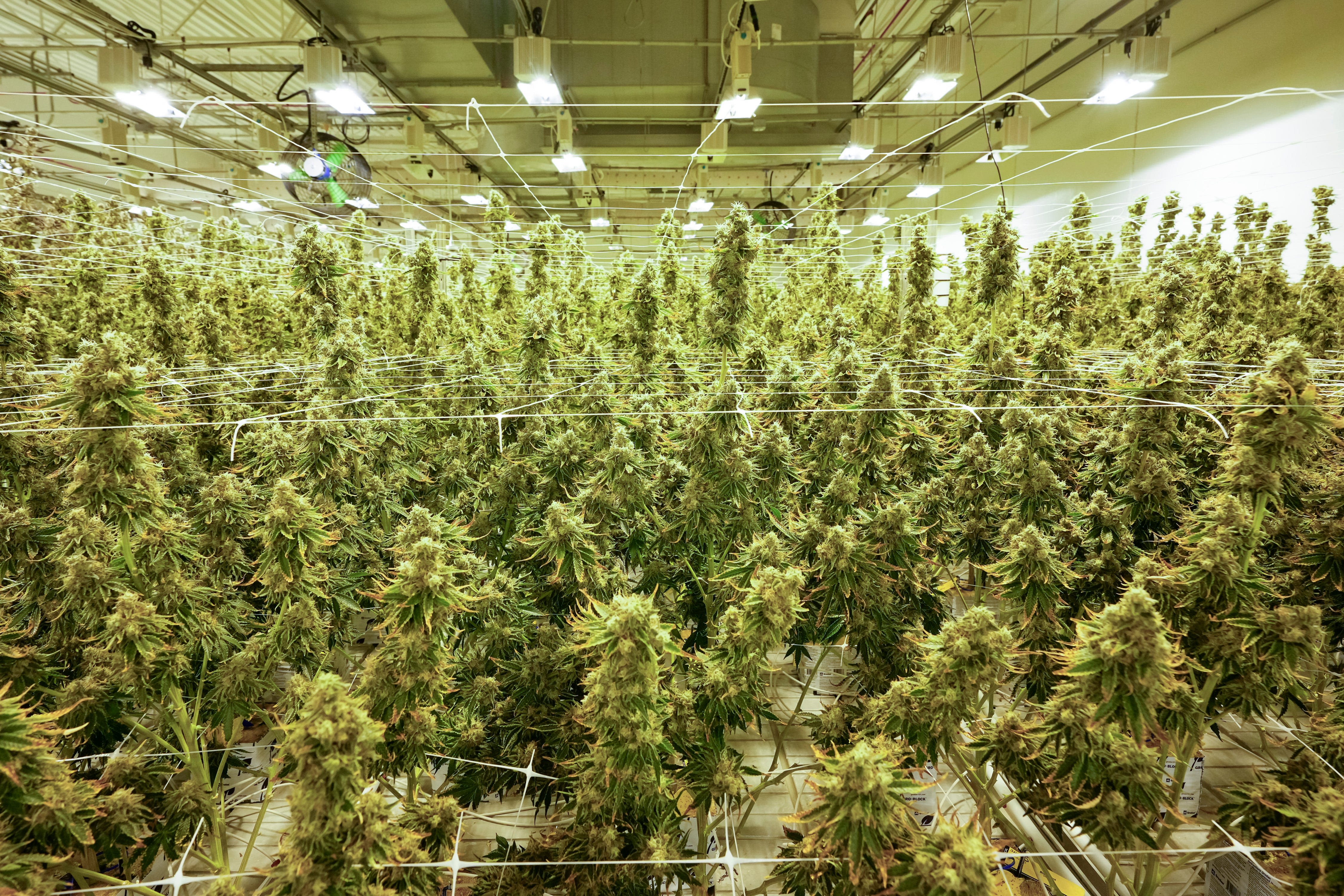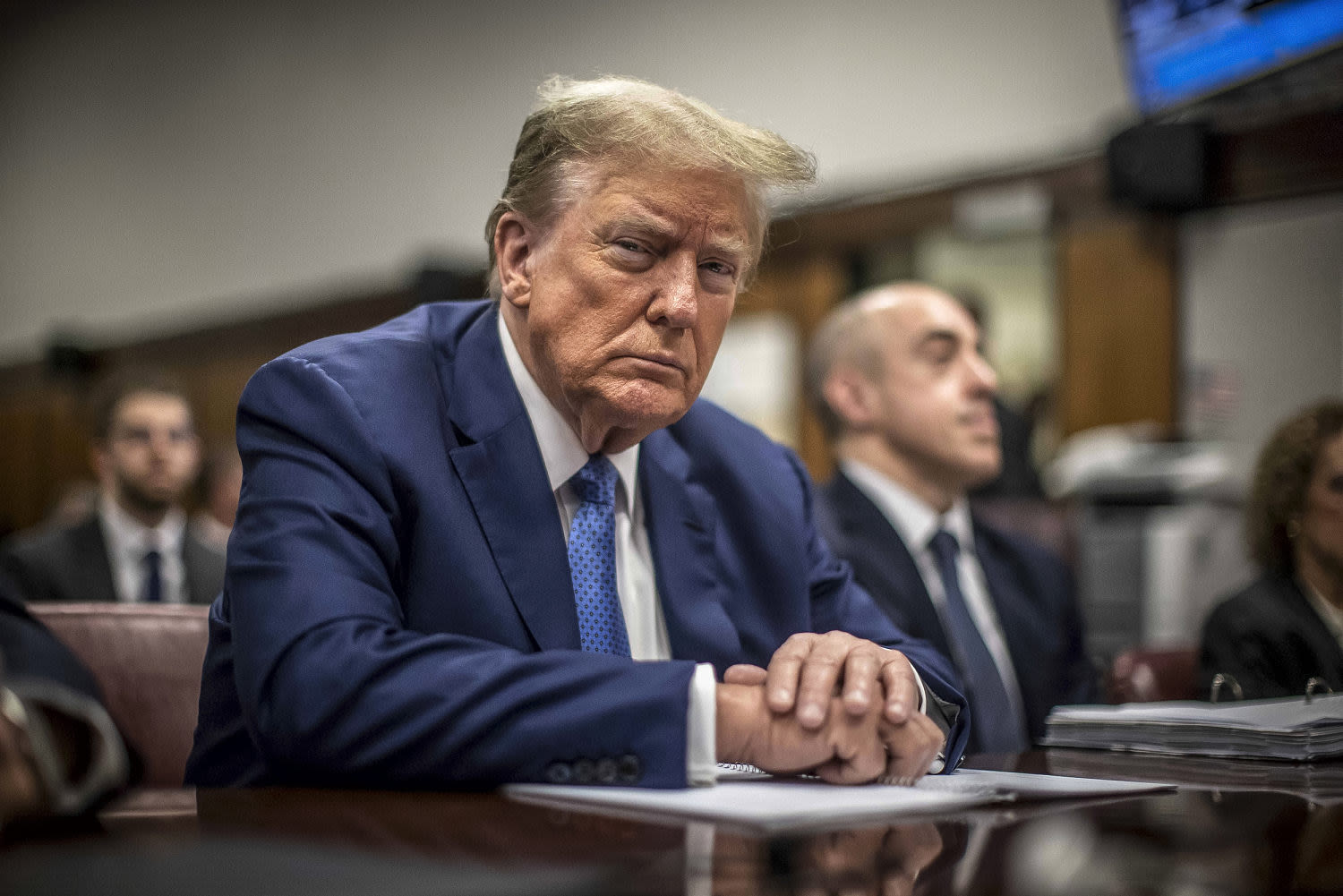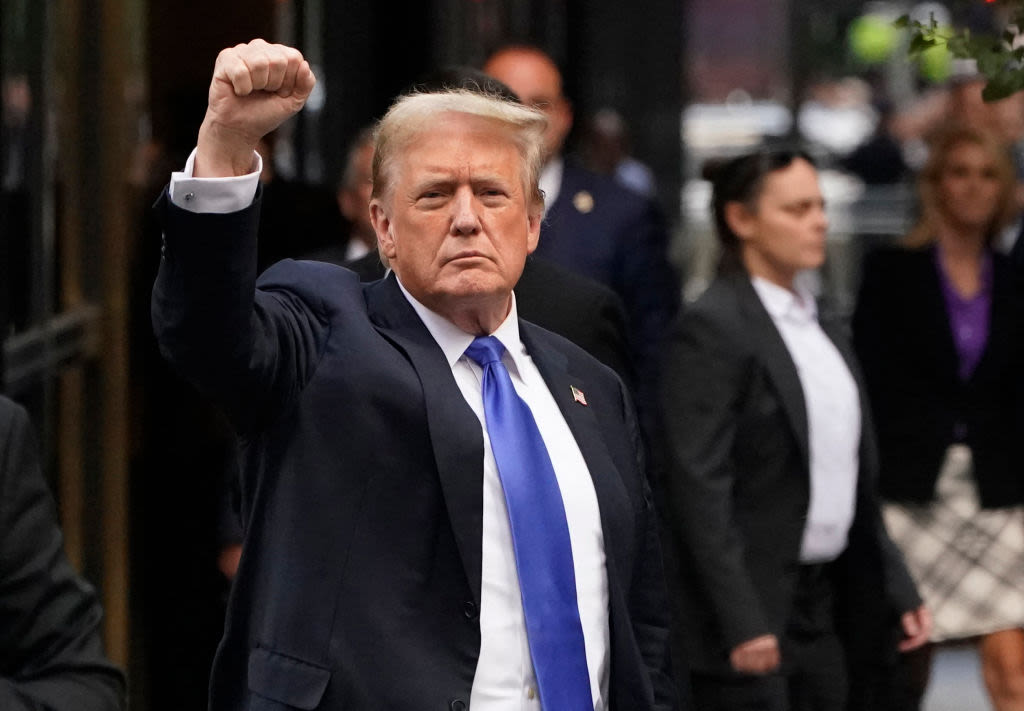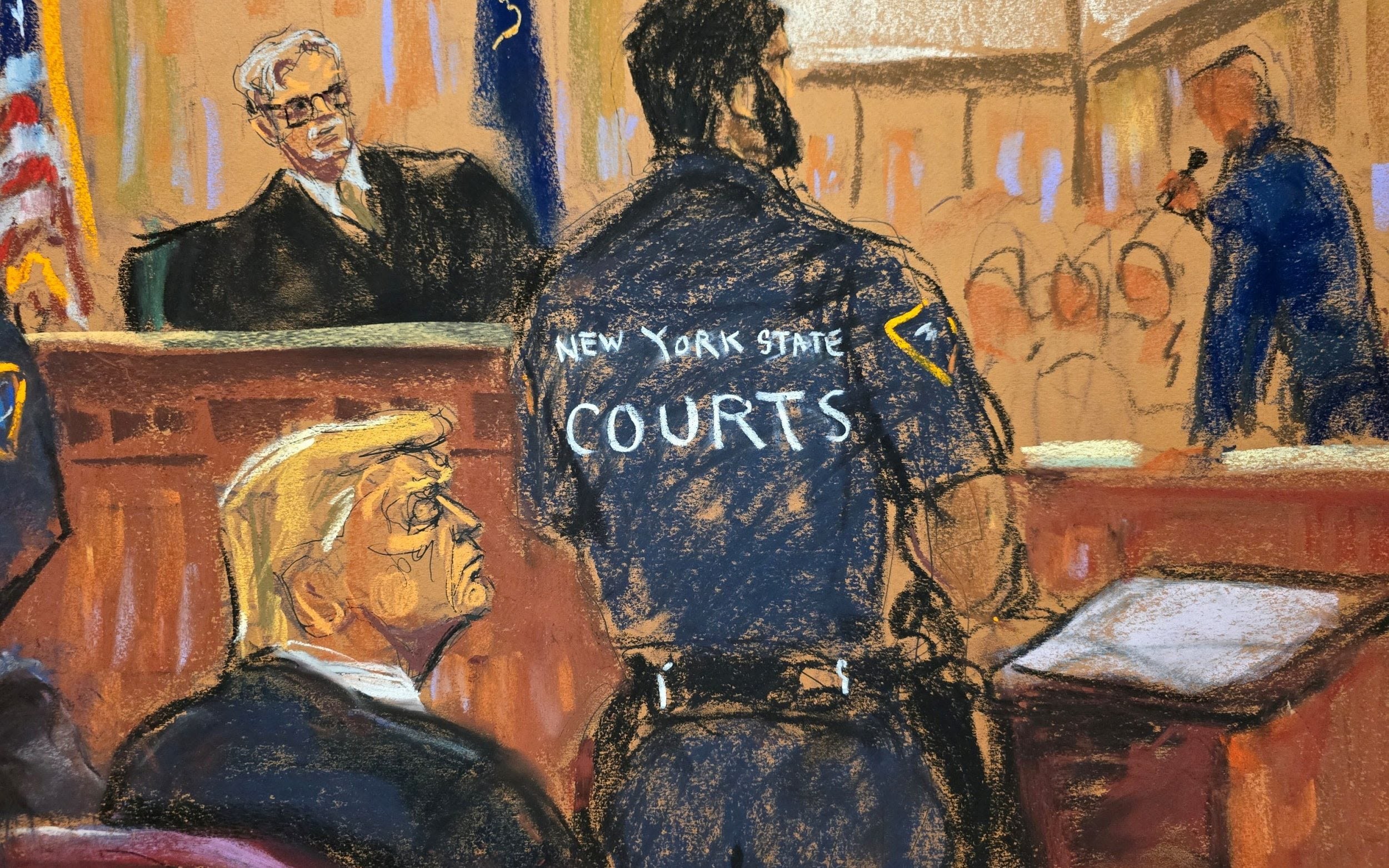Search results
› StateLocationOf › Founders
People also ask
When did Ohio get its name?
What is prehistory of Ohio?
Who were the first people to settle in Ohio?
What is Ohio known for?
The history of Ohio as a state began when the Northwest Territory was divided in 1800, and the remainder reorganized for admission to the union on March 1, 1803, as the 17th state of the United States. The recorded history of Ohio began in the late 17th century when French explorers from Canada reached the Ohio River, from which the "Ohio Country" took its name, a river the Iroquois called O-y ...
News about Ohio, natural gas line, garage
News about Donald Trump, Ohio, hush money trial
Also in the news
- Overview
- Prehistory and settlement
- Statehood and war
- Economic and social developments
Remains of ancient peoples dating to 9000 bce have been found in Ohio. The later Adena and Hopewell cultures built elaborate burial and ceremonial mounds and also produced pottery, stone tools, polished stone pipes and other carvings, and ornamental metalwork. Both cultures had disappeared from the area by about 300–400 ce. Present-day Ohio was largely unoccupied when the first Europeans arrived in the 17th century. Villages of indigenous peoples—the Miami, Huron (Wyandot), Shawnee, Delaware, Iroquois (Mingo), and Ottawa—appeared in the 18th century.
The long Anglo-French struggle to control the area west of the Appalachian Mountains culminated with British victory, in the French and Indian War in 1763. The United States then won this region during the American Revolution (1775–83). Following the Peace of Paris (1783), Congress created the Northwest Territory north of the Ohio River and enacted the Ordinance of 1785, which established an orderly survey and settlement pattern, and subsequently the Northwest Ordinance of 1787, which called for the creation of new states therein.
Remains of ancient peoples dating to 9000 bce have been found in Ohio. The later Adena and Hopewell cultures built elaborate burial and ceremonial mounds and also produced pottery, stone tools, polished stone pipes and other carvings, and ornamental metalwork. Both cultures had disappeared from the area by about 300–400 ce. Present-day Ohio was largely unoccupied when the first Europeans arrived in the 17th century. Villages of indigenous peoples—the Miami, Huron (Wyandot), Shawnee, Delaware, Iroquois (Mingo), and Ottawa—appeared in the 18th century.
The long Anglo-French struggle to control the area west of the Appalachian Mountains culminated with British victory, in the French and Indian War in 1763. The United States then won this region during the American Revolution (1775–83). Following the Peace of Paris (1783), Congress created the Northwest Territory north of the Ohio River and enacted the Ordinance of 1785, which established an orderly survey and settlement pattern, and subsequently the Northwest Ordinance of 1787, which called for the creation of new states therein.
Ohio achieved statehood in 1803; it was the first state to be formed entirely from the public domain. From the outset it was socially diversified. It was a major battleground during the War of 1812 (1812–15); Oliver Hazard Perry’s victory over a British fleet on Lake Erie helped clear the area of any remaining threat from native peoples and their British suppliers. The population swelled, aided by a newly developed network of canals, roads, and railroads. By 1850 Ohio was the third most populous state in the country, with nearly two million residents, and the leader in diversified agriculture.
In the American Civil War (1861–65), Ohio was a top contributor to Union victory, sending many of its eligible males to Union military forces of the North. Many notable military figures were Ohioans, including Ulysses S. Grant, William T. Sherman, and Philip H. Sheridan, as were civilian leaders such as Salmon P. Chase, Edwin M. Stanton, and John Sherman. Antiwar Copperheads were prominent, and, when their leader, Clement L. Vallandigham, lost a gubernatorial bid in 1863, Pres. Abraham Lincoln wired a message to the victorious John Brough that said, “Ohio has saved the Union.”
Ohio’s industrial structure was built between 1850 and 1880, during which time the value of its manufacturing, stimulated largely by the Civil War, grew to more than twice that of agriculture. Industrial activities continued to expand after the war, notably in the northeast and around Lake Erie. Supported by massive European immigration, this growth led to considerable economic and social dislocation. After 1900 much attention was given to municipal reforms in Cleveland, Toledo, and other cities and to statewide programs that attempted to alleviate problems caused by industrialization. In 1920 two Ohioans, Warren G. Harding and James M. Cox, faced one another for the presidency, and Ohio has continued to play a pivotal role in national political life.
Ohio reflected the racial strife that was widespread in the United States in the 1960s, when disturbances in the predominantly black Hough and Glenville districts of Cleveland took a number of lives. In 1968 Carl Stokes became Cleveland’s mayor; he was the first African American to be elected mayor of a large U.S. city. In May 1970 four students at Kent State University, near Akron, were killed by national guardsmen who had been called out to quell campus antiwar demonstrations.
First Early Inhabitants of Ohio. Early history examines the archaeological record that tells the story of the first inhabitants of Ohio. Learn about the prehistory and culture of the first early inhabitants, and what lessons it might teach us about the early history of Ohio.
Apr 6, 2017 · Published April 6, 2017 at 3:21 PM EDT. Ohio's early European settlers took on a big challenge in moving to the untamed wilderness of Ohio. Mary shares their story! Class Discussion Questions: 1) What challenges did Ohio pioneers face? Do any of those challenges still exist?
May 24, 2019 · As of 2018, Ohio was the seventh most populous state in the US with an estimated population of 11.7 million. The capital city of the state is Columbus. Ohio State was founded on March 1, 1803, when it was admitted to the Union.
Jul 16, 2020 · The Forgotten History of Ohio’s Indigenous Peoples. As landmark cases are won for Native American communities in federal courts, we examine the native populations that once inhabited (and, in some cases, still inhabit) what is known today as the Toledo region and the state of Ohio. Read on for a brief history and coverage of some of the major ...
Prehistory of Ohio. Ohio Archaeological Cultures of the Woodland and Late Prehistoric periods. Prehistory of Ohio provides an overview of the activities that occurred prior to Ohio's recorded history. The ancient hunters, Paleo-Indians (13000 B.C. to 7000 B.C.), descended from humans that crossed the Bering Strait.






